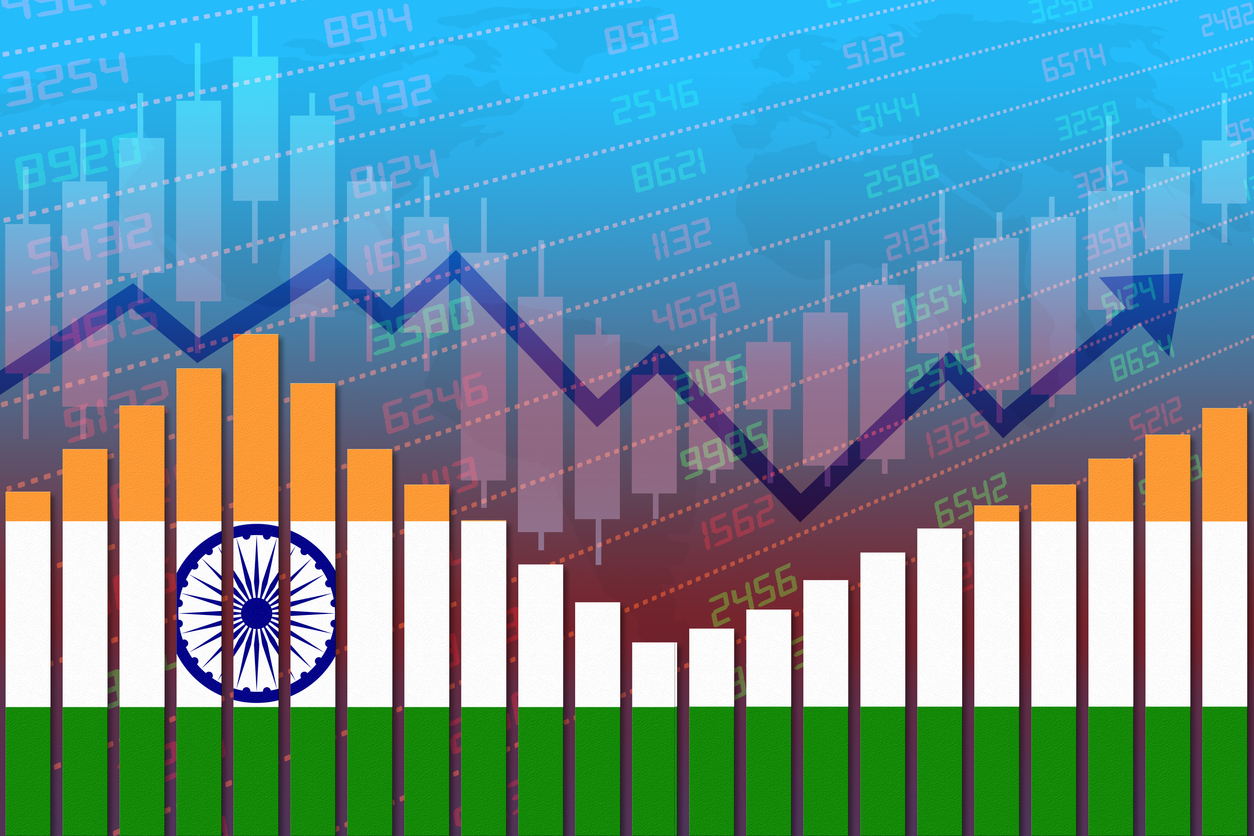
March 26, 2025
The firm has maintained a "Market Weight" stance for India in the emerging markets category, urging investors to focus on quality stocks with strong earnings visibility
The NIFTY 50 index has fallen 10% from its September 2024 peak due to weaker earnings and a drop in valuation multiples across sectors
EPS estimates for FY26 have been revised down by around 7% on average, reflecting deteriorating macroeconomic conditions
The report attributes the slowdown to cyclical policy-driven factors such as tight credit conditions, cautious monetary policy, and liquidity pressures from FX outflows

The worst phase of India’s economic slowdown and corporate earnings decline may be behind, according to a new assessment by global financial firm Goldman Sachs. However, the firm cautioned that market volatility is likely to continue in the near term, driven by heightened domestic investments in small- and mid-cap stocks as well as persistent global uncertainties, particularly around tariffs.
Goldman Sachs observed that the trajectory of economic growth and earnings has stabilised and noted that asset prices have undergone significant correction. The firm has retained a “Market Weight” classification for India within the broader emerging markets (EM) segment.
In its latest report, Goldman Sachs advised investors to concentrate on stocks that offer strong earnings visibility and consistent, high-quality growth. The report pointed out that the NIFTY 50 index has declined by 10 per cent from its peak in September 2024. This drop has been primarily attributed to a deceleration in earnings growth caused by subdued macroeconomic conditions, alongside a sharp reduction in valuation multiples across sectors.
Analysts at the firm further noted that earnings per share (EPS) projections for FY26 have been reduced by approximately 7 per cent across the market.
The report attributed the recent slowdown in economic momentum to cyclical rather than structural issues. According to Goldman Sachs, the deceleration was primarily the result of tighter policy measures, including strict credit regulations introduced in late 2023, a conservative monetary stance, ongoing liquidity constraints due to foreign exchange outflows, and fiscal tightening.
The firm indicated that these factors reflect policy tightness more than any underlying structural weaknesses in the economy.
Nonetheless, Goldman Sachs expects that recent policy interventions could lift economic activity in the coming months. Notable among these measures are income tax relief announcements in the Union Budget and interest rate cuts by the Reserve Bank of India (RBI).
Based on these developments, Goldman Sachs’ economists forecast that India’s real GDP growth could improve to 6.4 per cent in the second half of 2025.
Despite this positive outlook, the firm warned that downside risks remain, particularly from the possibility of new U.S. tariffs on Indian exports, which could negatively affect trade and overall growth
Source: Economic Times